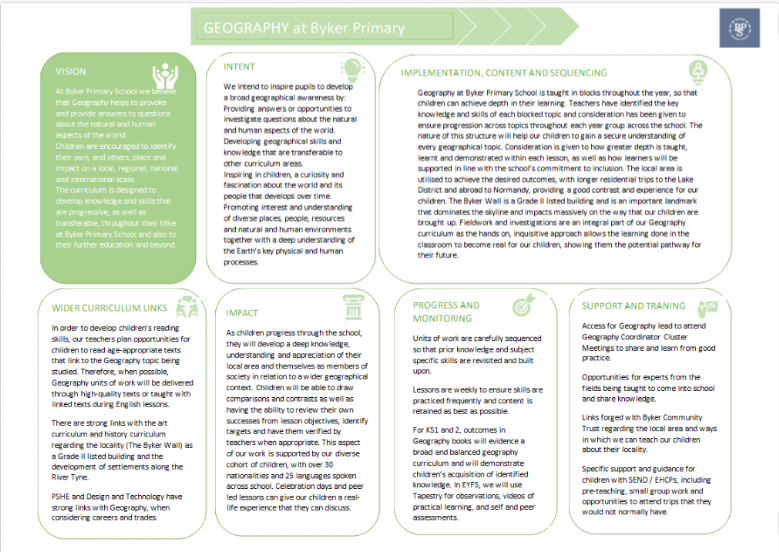Geography
Subject aims
Our geography curriculum will inspire in pupils a curiosity and fascination about the world and its people that will remain with them for the rest of their lives. Teaching will equip pupils with diverse knowledge about diverse places, people, resources and natural and human environments, together with a deep understanding of the Earth’s key physical and human processes. As pupils progress, their growing knowledge about the world will help them to deepen their understanding of the interaction between physical and human processes, and of the formation and use of landscapes and environments. Geographical knowledge, understanding and skills provide the frameworks and approaches that explain how the Earth’s features at different scales are shaped, interconnected and change over time. Our curriculum is sequenced to ensure that knowledge gained is cumulative and we value our bespoke spaced retrieval strategies and low stakes cumulative quizzing as tools to support recall. We understand the importance of building children’s vocabulary; we achieve this through the explicit teaching of new and ambitious words which is mapped across school from nursery to Year 6. Etymology and morphology is drawn upon to give pupils a broader understanding and children use the vocabulary in their independent work.
At Byker Primary School, we follow the National Curriculum for Geography.
Key Concepts
Place and space – We aim to provide children with the skills they will need to independently navigate new places and spaces. Children will learn how to use maps, atlases and globes to give a sense of place and location when compared to other places. They will learn how to use grid references and keys to understand what is being shown and create maps and routes for journeys they may take.
Scale and connection – Our word is interconnected and we aim to reveal to children the interdependence of the world and that no place is stand alone; it is influenced by something or someone. Children will explore how small changes in one location can have an impact on both their local area and places further afield. They will use a range of sources to help them appreciate how the world and individual country’s economies are interconnected through trade and tourism. By zooming in and out on locations and comparing sizes, distances and time taken to travel there, children will gain an understanding of how close or faraway places are as well as their size.
Physical and human geography – Children will learn how to collect, analyse and communicate a range of geographical sources and data gathered through experiences of fieldwork. They will interpret a range of sources and communicate it in a variety of ways, including through maps, numerical, quantitative skills and writing at length. They will use this to make comparisons between the human and physical geography features of different locations and understand how these change over time.
Environment and sustainability – This will be at the forefront of children’s thinking and ideas when reflecting on their place in the world and making connections both at home and across continents will develop children’s understanding of how they can influence the world’s future. Through this concept, children will examine the cause and effect of changing human and physical geography. They will consider their ethical consumer habits and the choices made by themselves and those in power about sustainability and the impact this has upon the environment. Children will be able to form judgements on choices that have already been made and determine their effect on the planet; this will help children to consider their choices in the future and they can have a significant impact upon the geography of an area in both the short term and the long term.
Culture and diversity – Respect for ethnicity and diversity through knowing more about other cultures and people is an essential part of the geography curriculum at Byker Primary School. Children will appreciate that there is more than one way of living – understanding the culture and ‘the way people do things around here’. They will use their knowledge of culture and diversity to explore regional inequality and how parts of a location may by thriving while others are relatively poor.

